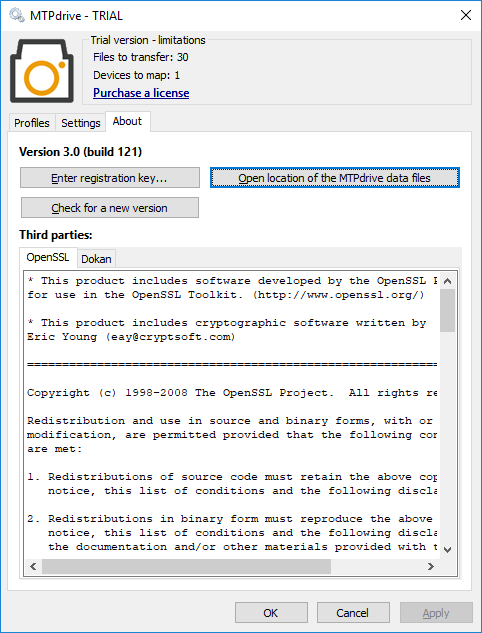

But doesn't Apple users sync their iTunes library over a wired link (lightning cable)? Wireless is obviously not quick enough for such large data transfer. Maybe most users don't really care to have such a capability, so Google did not devote much resources into implementing it. When copying individual files, I still connect via USB and copy over MTP, but I have a photo/video archive on the PC that consolidates the family media (about 35GB currently), and syncing that by hand is not practical.īottomline: One is currently unable to mount an Android smart device as a file storage system OVER A WIRED LINK and manipulate its content safely, quickly and capably. I have also tried BTSync, and that's equally slow and not as unpredictable. I think that's the correct decision, but sadly the replacement protocol is just too crippled.Ĭurrently, I run SwiFTP on the smart-device, SyncBack on the PC and sync using FTP.

However, it pulls the rug out from the apps by disconnecting the underlying storage, which is why I think Google decided to abandon the protocol on newer versions of Android. The speed is incredible, but it's not for regular use.īack in the days when USB mass storage protocol is available on smart devices, it is also incredibly fast. But you can imagine how much a hassle that is.

Not sure how Rockbox will help, since I am talking about smartphones (Moto-G) and tablet (Acer Iconia Tab), not music players.įor really fast syncing, I do shutdown the device, remove the microSD card and insert into a USB reader. For FTP & WebDAV, 'net use' syntax will need both a port & login. We may just not know the syntax to use for the 'net use' command. 'removable drive' or using that FTP share as a 'network location'. So, we know that Windows has no problem mounting the FTP share as a. I would suggest either enabling Rockbox temporarily or using a microSD tool but it sounds like you need something smooth and easy on an ongoing basis. DirectNetDrive freeware as a drive letter.


 0 kommentar(er)
0 kommentar(er)
